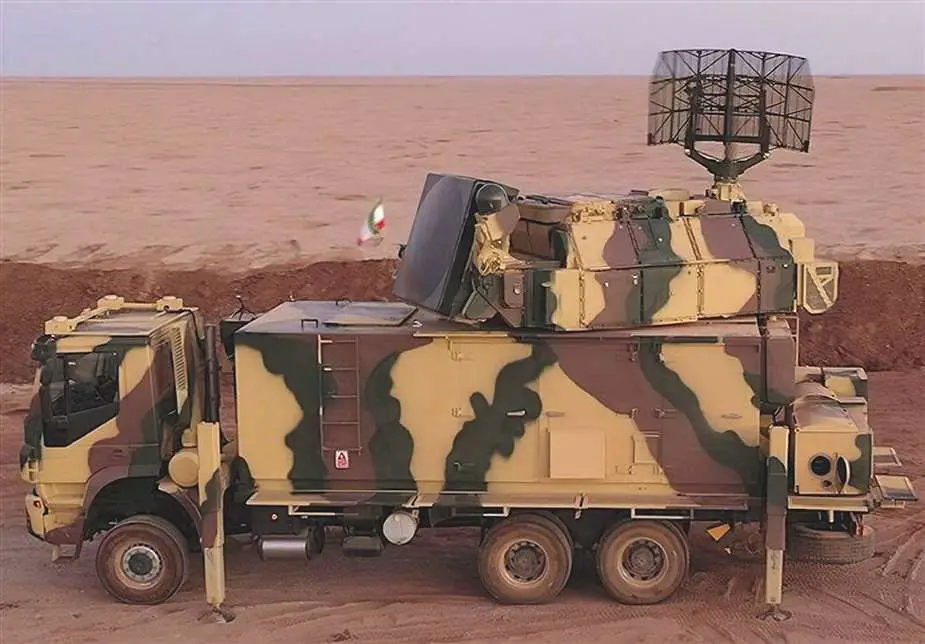Breaking News
Analyzing Iranian Air Defense Systems and Their Threats to Israeli Aircraft.
With the recent increase in tensions between Iran and Israel, the Army Recognition editorial team provides a comprehensive analysis of Iran's modern air defense systems and the potential threats they pose to Israeli forces and aircraft. This analysis aims to break down the capabilities of Iran's various missile systems and radar technologies, assessing the risks they present to Israeli aircraft in the event of an open conflict. From legacy systems to the latest advancements, understanding these threats is crucial for evaluating the strategic dynamics between the two nations.
Follow Army Recognition on Google News at this link
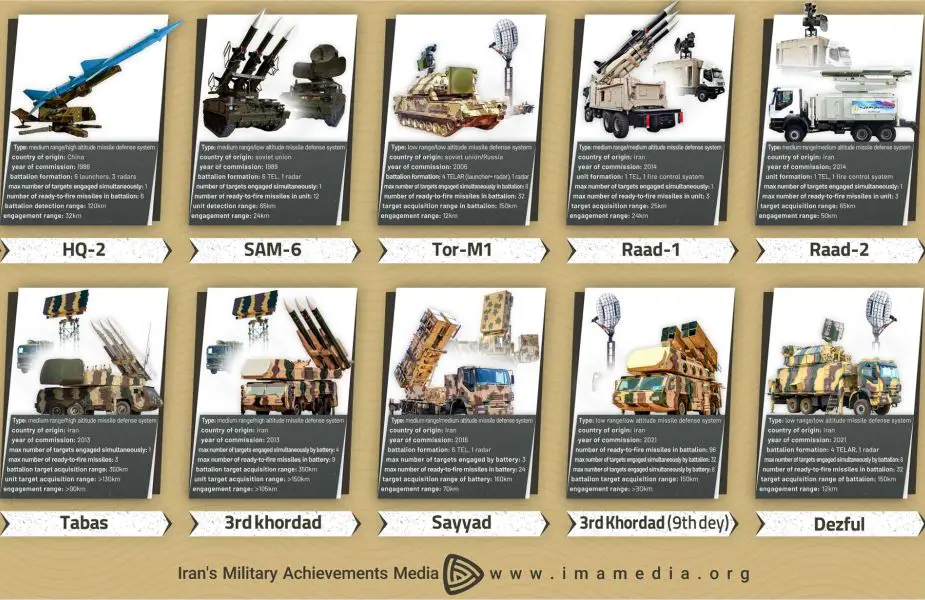
Graphic of Iranian air defense systems and radar that could be threats to aircraft of the Israeli Air Force. (Picture source: IMAMEDIA)
HQ-2 Missile System:
The HQ-2 missile system, a Chinese adaptation of the Soviet SA-2, serves as a medium- to high-altitude air defense system. Despite its older design, the HQ-2 has been modernized to improve its range and targeting accuracy. It can engage high-flying aircraft with its 190 kg fragmentation warhead and semi-active radar homing guidance. The system's range extends to approximately 34 km, with an altitude engagement capability of up to 27 km. While its age makes it vulnerable to modern electronic countermeasures and stealth technology, it remains a moderate threat to non-stealth
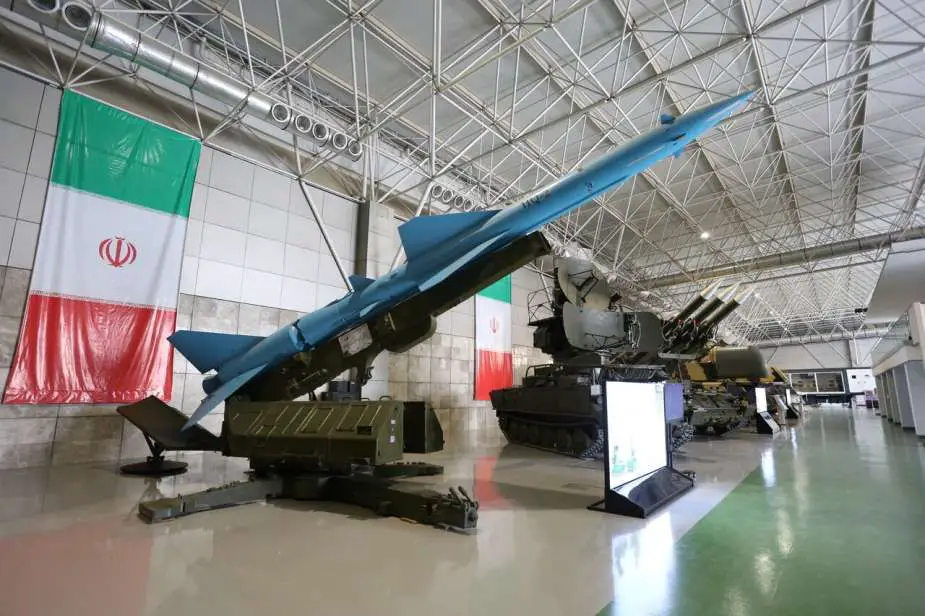
SA-6 Gainful:
The SA-6 Gainful is a Soviet-era, low- to medium-altitude surface-to-air missile system known for its mobility and effectiveness against low-flying aircraft. It uses a 59 kg fragmentation warhead and semi-active radar guidance to target fast-moving aircraft. The SA-6 can engage targets within a range of 24 km and an altitude of up to 14 km. Continuous upgrades have kept it relevant, enhancing its missile guidance and survivability. Israeli forces must account for its ability to quickly relocate and its improved targeting systems when planning air operations, as it poses a considerable threat to low-level flights.
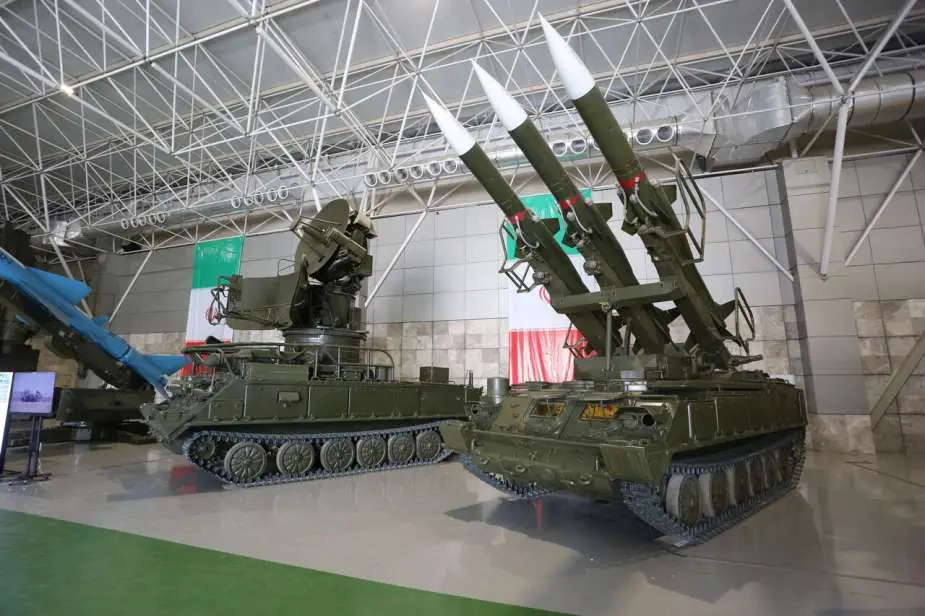
TOR-M1:
The TOR-M1 is a highly mobile, short-range air defense system designed to target aircraft, helicopters, and precision-guided munitions. Its missiles feature a 15 kg high-explosive fragmentation warhead and use command guidance with radio command links. The TOR-M1 can engage targets up to 12 km away and at altitudes ranging from 10 meters to 6 km. Its capability to operate in all weather conditions and engage multiple targets simultaneously poses a significant threat to Israeli air missions, especially in scenarios requiring quick deployment and response.
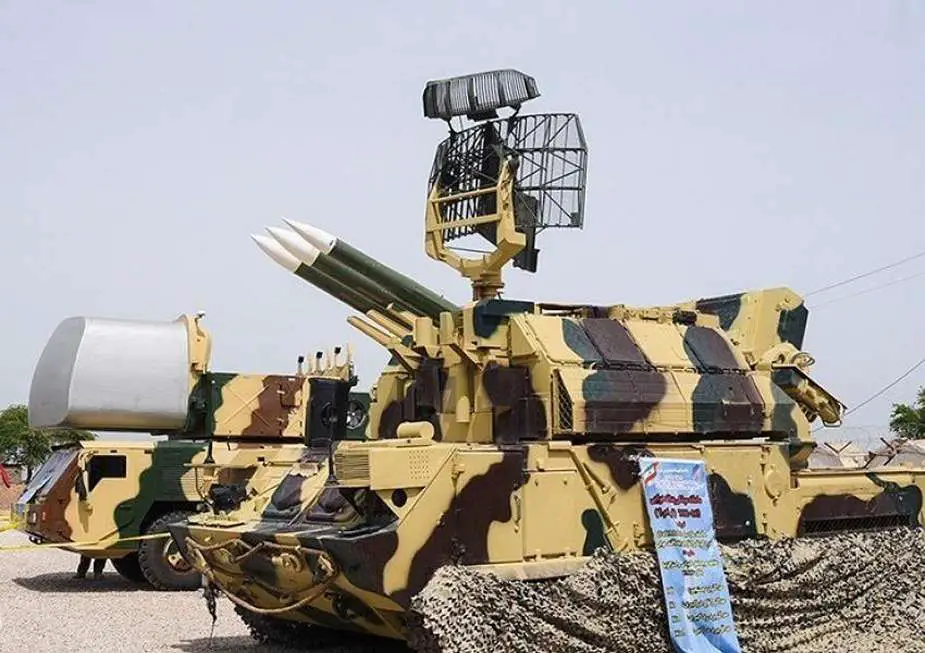
RAAD-1:
The RAAD-1 is a medium-range air defense missile system developed domestically by Iran, reflecting the country's focus on enhancing its indigenous defense capabilities. This system features a 70 kg high-explosive fragmentation warhead and uses semi-active radar homing for guidance. It has a range of up to 50 km and can engage targets at altitudes up to 25 km. The RAAD-1 is designed to intercept various aerial threats, including aircraft and missiles, making it a significant component of Iran's layered air defense network. For Israeli forces, the RAAD-1 poses a substantial threat due to its ability to cover strategic locations and its improved radar and targeting systems.
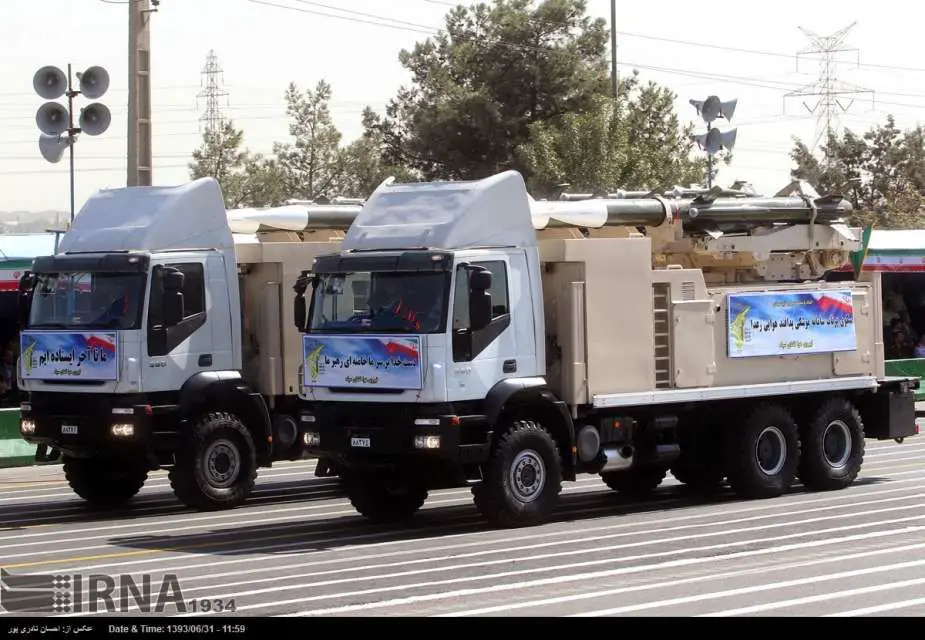
RAAD-2:
The RAAD-2 is an advanced iteration of the RAAD-1, offering extended range and enhanced capabilities. It boasts an 80 kg high-explosive fragmentation warhead and uses more sophisticated radar and guidance systems. The RAAD-2 can engage targets at distances up to 80 km and altitudes reaching 30 km. This system is designed to intercept a wider array of aerial threats with greater accuracy and reliability. The RAAD-2 represents a heightened threat to Israeli aircraft, as its extended range and improved technology allow it to provide more comprehensive air defense coverage, further complicating Israeli air operations in the region.

Tabas Air Defense System:
The Tabas air defense system is an indigenous Iranian medium-range system known for its capability to target various aerial threats. It uses a high-explosive fragmentation warhead and advanced radar guidance. The Tabas system can engage targets at ranges of up to 60 km and altitudes of up to 30 km. Its integration into Iran's broader air defense network enhances its effectiveness, posing a considerable threat to any aircraft entering its range. Its advanced radar and missile technology make it a key component of Iran's defensive strategy.

Khordad Air Defense Systems:
The Khordad systems, including Khordad-3 and Khordad-15, are advanced Iranian air defense systems capable of targeting a wide range of aerial threats, including stealth aircraft and ballistic missiles. Khordad-15, with a detection range of 150 km, can engage targets up to 85 km away at altitudes of 27 km, using a 180 kg high-explosive fragmentation warhead and active radar homing. These systems represent severe threats to Israeli aircraft due to their advanced radar, extended range, and high precision, challenging even sophisticated stealth technologies.
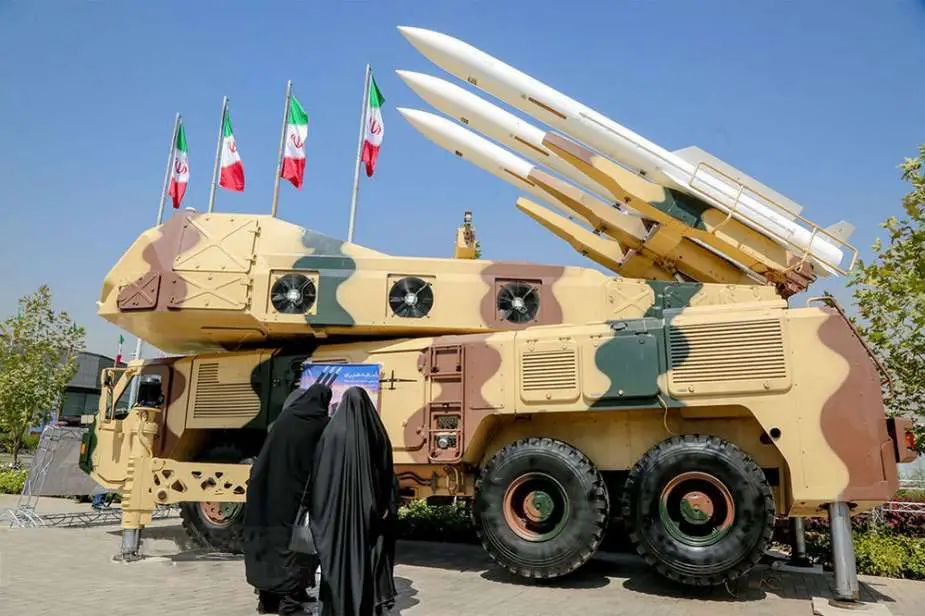
Sayyad Missile Systems:
The Sayyad family of missiles, including Sayyad-2 and Sayyad-3, are designed for high-altitude, long-range engagements. Sayyad-2 features a 200 kg warhead with semi-active radar guidance, with a range of 75 km and altitude engagement of 27 km. Sayyad-3, with its enhanced guidance and propulsion systems, can engage targets at ranges up to 120 km and altitudes of 30 km. These missiles provide formidable coverage against various aerial threats and pose a high threat level to Israeli forces due to their advanced capabilities and integration with modern radar systems

9th Dey:
The 9th Dey air defense system is a newer addition to Iran's arsenal, featuring advanced radar and missile technologies capable of engaging multiple targets simultaneously. It uses high-explosive fragmentation warheads and advanced guidance systems. The system can engage targets at ranges up to 70 km and altitudes of 25 km. Its development highlights Iran's focus on countering modern aerial threats, and its multi-target engagement capability and high precision make it a significant concern for Israeli air operations.
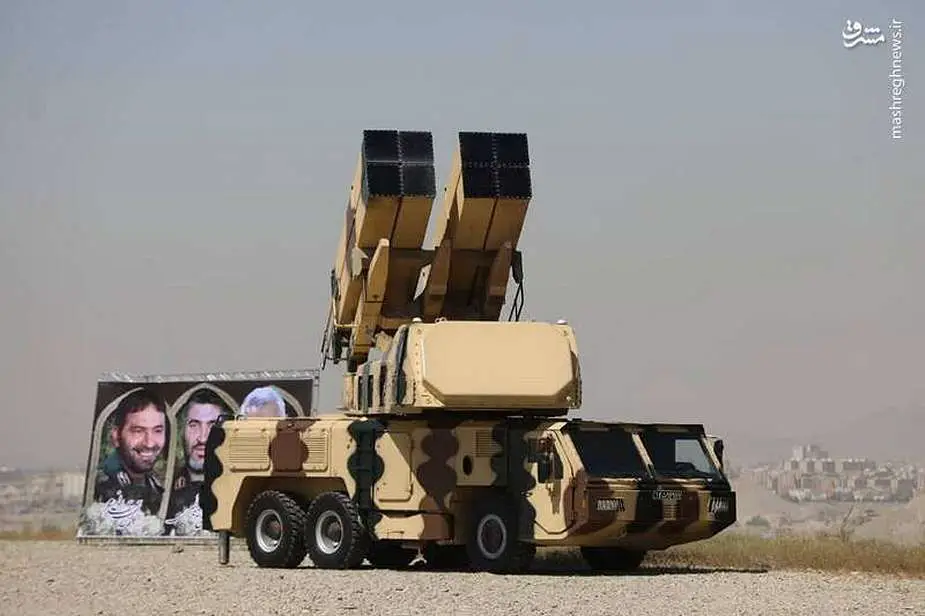
Dezful Radar:
The Dezful radar is a sophisticated surveillance and target acquisition system designed to provide early warning and tracking of aerial threats. It boasts a long-range detection capability of up to 300 km, significantly enhancing the effectiveness of Iran's air defense network. The radar can track multiple targets simultaneously and provide real-time data to missile batteries. For Israeli forces, the presence of the Dezful radar increases the risk of detection and engagement by Iran's air defense systems, complicating mission planning and execution.
In summary, Iran's diverse and modernized air defense systems present substantial challenges to Israeli air superiority. Each system, with its unique capabilities, contributes to a layered defense strategy that can effectively target and neutralize various aerial threats. Understanding these systems' strengths and weaknesses is crucial for Israel in formulating effective countermeasures and maintaining strategic advantage in the region.
